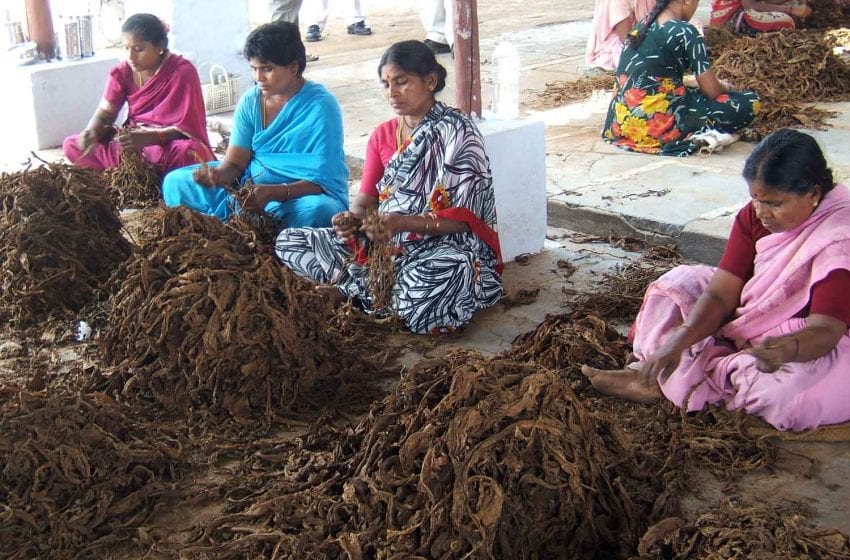
India should consider harm reduction strategies to reduce the health toll of tobacco, according to the Global Sustainability Alliance (GSA), a group that focuses on developing global solutions to achieve the United Nation’s Sustainable Development Goals.
A recent report by World Health Organization suggests that new cancer cases are likely to rise to at least 35 million in 2050, a 77 percent rise over the cases diagnosed in 2022. In India, an estimated 1.4 million cancer cases were recorded in the same year, while one in 9 citizens could develop cancer in their lifetime. Tobacco-related cancers accounted for 27 percent of the country’s cancer burden in 2020, according to the Indian Council of Medical Research.
Despite recent progress, India remains the second largest consumer and producer of tobacco. The number of smokers as well as smoking related diseases seem to be stagnant, which, the GSA says, sheds light into the fact that the tobacco control polices under WHO have not been successful for India. The group says country needs to find a solution on its own and develop a strategy to reduce the number of cancer patients owing to tobacco consumption.
“Cancer is a serious concern for our population, especially with tobacco use as a leading cause, which is avoidable,” said Bharat Gopal, director of Pulmonology, Delhi Heart & Lung Institute in a statement. “There is no safe way to use tobacco, however a major risk of cancer comes from combustion of tobacco or tobacco smoke. Most toxic substances, including carcinogenic agents, are released due to combustion. If we can somehow remove combustion from the process, it would reduce harm and help save lives.”
The GSA points to Sweden, Japan and the United Kingdom as examples of countries that have bettered their public health by adopting tobacco harm reduction policies to reduce disease rates, cancer being one. The smoking rate in Sweden had dropped from 15 percent to a 5.6 percent in the past 15 years, registering a 41 percent lower incidence than in the EU. Similarly, the Japanese smoking rate declined drastically between 2016 and 2019. Almost three in every 10 Japanese smokers stopped smoking cigarettes.
“We know stopping smoking is ideal to stop cancer, but the reality is that millions struggle to quit,” said R. Zimlichman, director of the Brunner Institute for Cardiovascular Research at the Sackler Faculty of Medicine of Tel Aviv University in Israel. “Harm reduction offers a pragmatic and potentially life-saving alternative. Embracing harm reduction strategies, such as switching to nicotine alternatives, has led to a remarkable decline in mortality rates and improved public health outcomes. The world needs standardized harm reduction solutions chosen by governments for their safety and efficacy. Delay in implementing harm reduction measures costs millions of lives worldwide.”

















